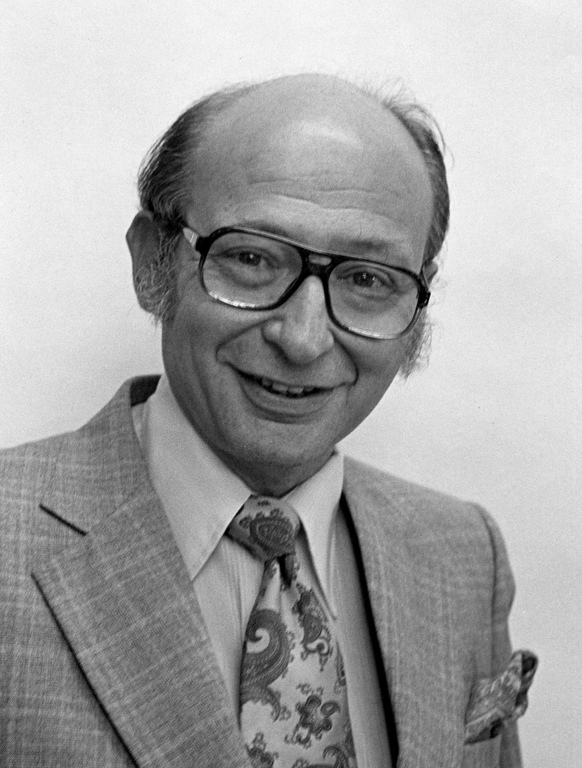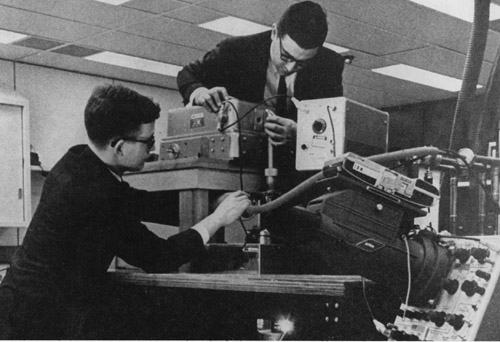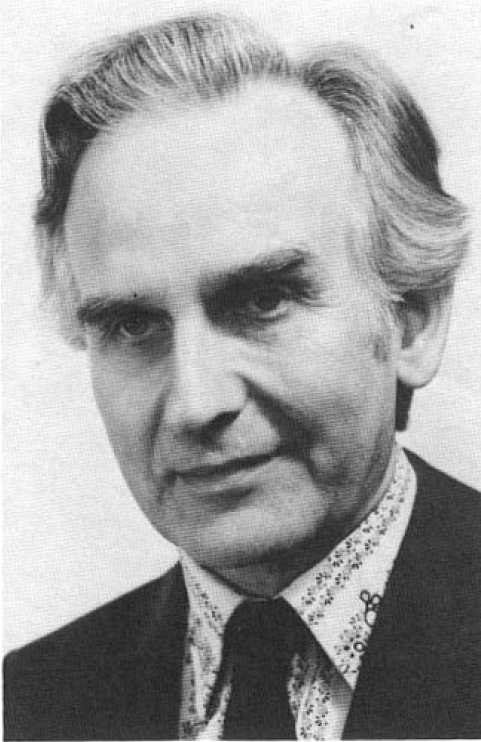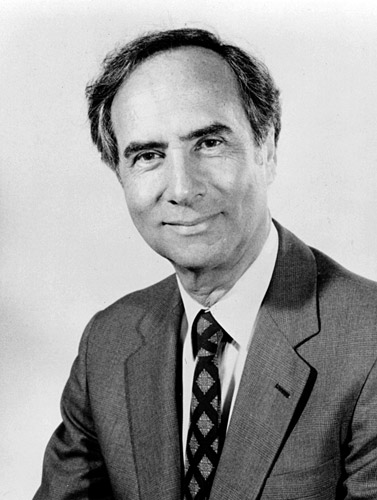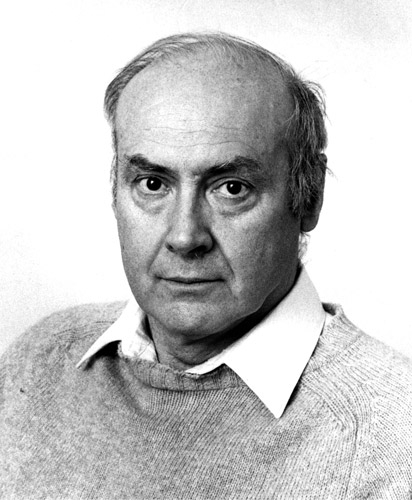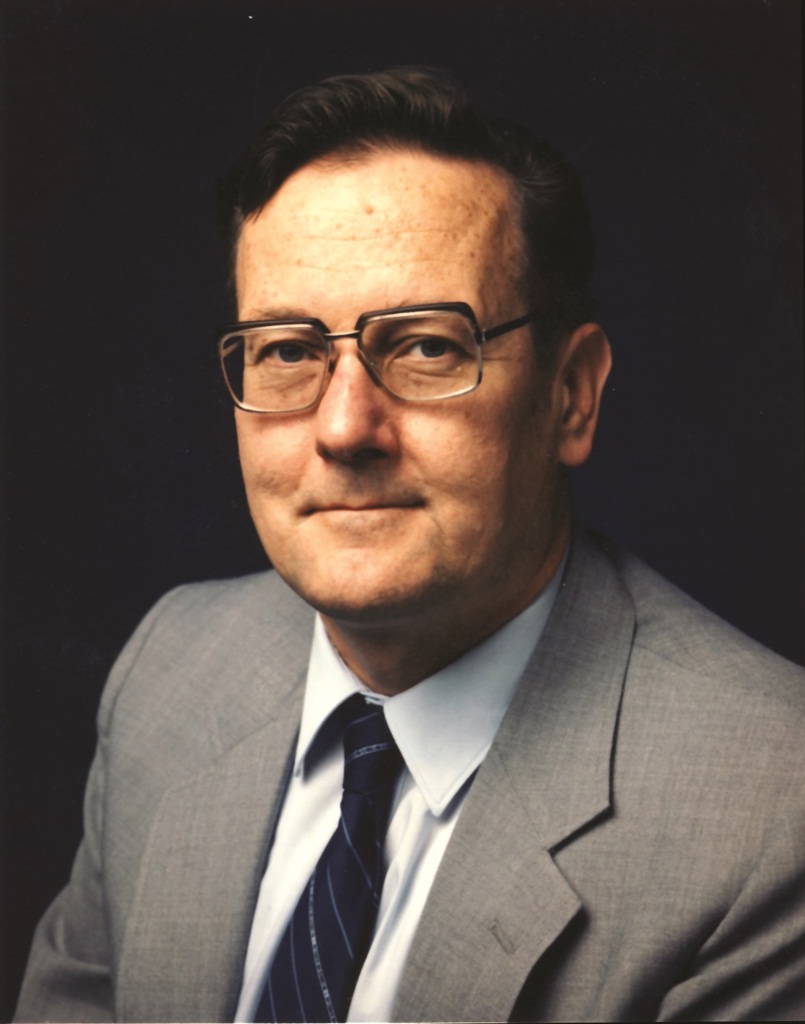R. W. Wood Prize
Get Involved
920.jpg?ext=.jpg)
Learn more about the award and its establishment
Information and deadlines for nominations
View the members
R. W. Wood Prize
Recognizes an outstanding discovery, scientific or technical achievement, or invention in the field of optics.
The accomplishment for which the prize is given is measured chiefly by its impact on the field of optics generally, and therefore the contribution is one that opens a new era of research or significantly expands an established one.
The prize was established in 1975 to honor the many contributions that R.W. Wood made to optics. It is endowed by the Xerox Corporation.
Winners
2025
For pioneering silk-based optics, photonics, and optoelectronics with uses across multiple disciplines at the interface of biology and technology including applications in sustainability, global health, and food safety
2024
For his invention and development of techniques for the ever more complete and rigorous measurement of ultrashort light pulses, which have enabled a wide range of new applications across many fields.
2023
For groundbreaking contributions to the materials aspects of metamaterials, plasmonics, and nanophotonics
2022
For foundational discoveries in photonics, ranging from resonator, topological, and non-reciprocal photonics to energy applications including the discovery of daytime radiative cooling based on a new kind of energy source.
2021
for pioneering contributions to the realization of chip-scale optical frequency combs
2020
For elucidating the fundamental aspect of supercontinuum generation through careful study of phase stability and opening the way to compact supercontinuum sources and their numerous applications
2019
For pioneering experimental research at the frontier of quantum foundations and optical implementations of quantum information, including quantum nonlocality, quantum key distribution, quantum teleportation, and optical quantum computing
2018
For foundational innovations that have enabled ultrafast and energetic intense lasers around the world
2016
For pioneering research contributions into optical micromanipulation using shaped light for interdisciplinary photonics-based implementations
2015
By introducing nanoparticles with tunable optical resonances and the concept of Plasmon Hybridization to explain their properties, Halas and Nordlander have revolutionized our understanding of optical properties of metallic nanostructures
2015
By introducing nanoparticles with tunable optical resonances and the concept of Plasmon Hybridization to explain their properties, Halas and Nordlander have revolutionized our understanding of optical properties of metallic nanostructures
2014
For the discovery of optical rectification which led to the development of very wide band terahertz wave sources
2013
For contributions to the invention and realization of the transistor laser, delivering simultaneously both an electrical signal and a coherent laser output and providing the basis for a revolutionary new higher speed electronic-photonic integrated circuit
2012
For invention, implementation and development of “Z-scan”: A simple and effective method to measure cubic and higher order optical nonlinearities
2012
For invention, implementation and development of “Z-scan”: A simple and effective method to measure cubic and higher order optical nonlinearities
2011
For contributions in nonlinear and linear beam optics which initiated new areas, among them the discovery of optical discrete solitons, Bragg and vector solitons in fibers, nonlinear surface waves, and the discovery of self-accelerating optical (Airy) beams
2010
For critical advances in the science and technology of high harmonics generation, with particular relevance to sub-femtosecond pulse generation and related attosecond-scale physics
2010
For critical advances in the science and technology of high harmonics generation, with particular relevance to sub-femtosecond pulse generation and related attosecond-scale physics
2009
For developing sources of polarization-entangled photons that have enabled significant advances in fundamental physics and quantum information technologies, including quantum cryptography, dense-coding, quantum teleportation, and optical quantum computation
2008
For pioneering contributions to the development of programmable optical pulse shaping and its applications to ultrafast optics and photonics
2008
For pioneering contributions to the development of programmable optical pulse shaping and its applications to ultrafast optics and photonics
2006
Together with Louis E. Brus and Aleksey Ekimov, for the discovery of nanocrystal quantum dots and pioneering studies of their electronic and optical properties
2006
Together with Louis E. Brus and Alexander L. Efros, for the discovery of nanocrystal quantum dots and pioneering studies of their electronic and optical properties
2006
Together with Alexander L. Efros and Aleksey Ekimov, for the discovery of nanocrystal quantum dots and pioneering studies of their electronic and optical properties
2005
For invention of the 1.48μm InGaAsP laser-diode-pumped erbium-doped fiber amplifier (EFDA) and the development of its application to high-speed optical communications and short pulse lasers
2004
Together with Rangaswamy Srinivasan and James J. Wynne, for their discovery of pulsed ultraviolet laser surgery, wherein laser light cuts and etches biological tissue by photoablation with minimal collateral damage, leading to healing without significant scarring
2004
Together with James J. Wynne and Samuel E. Blum, for their discovery of pulsed ultraviolet laser surgery, wherein laser light cuts and etches biological tissue by photoablation with minimal collateral damage, leading to healing without significant scarring
2004
Together with Rangaswamy Srinivasan and Samuel E. Blum, for their discovery of pulsed ultraviolet laser surgery, wherein laser light cuts and etches biological tissue by photoablation with minimal collateral damage, leading to healing without significant scarring
2003
For pioneering nonlinear integrated optics through seminal experiments and continuing leadership
2002
For seminal contributions to free-electron laser, cavity QED, and micromaser; and most recently, the "invention" of the new field of nonlinear atom optics
2001
For seminal contributions to the invention, demonstration and development of the quantum cascade laser, which is revolutionizing the field of infrared lasers and their applications
1999
For creative inventiveness and persistent ingenuity applied to the development of laser techniques for cooling atoms, which led to the first demonstration of Bose-Einstein condensation in an atomic vapor
1999
For creative inventiveness and persistent ingenuity applied to the development of laser techniques for cooling atoms, which led to the first demonstration of Bose-Einstein condensation in an atomic vapor
1998
For seminal contributions to quasi-phase matching and its application to nonlinear optics
1998
For seminal contributions to quasi-phase matching and its application to nonlinear optics
1997
For the invention of the Ti:sapphire near-infrared laser, which enabled a new era in tunable solid-state lasers and made possible all-solid-state ultra short sources
1996
For proposing the concept of photonic crystals and electromagnetic band structure engineering
1995
For contributions to the field of ultrafast optics, in particular for introducing the concept of chirped pulse amplification for laser systems to boost optical power peaks to unprecedented levels
1993
For the discovery of the Nd:YAG laser and the demonstration of its usefulness as a practical solid state laser source
1993
For the discovery of the Nd:YAG laser and the demonstration of its usefulness as a practical solid state laser source
1992
For invention of the Bragg hologram and his other contributions to holography
1991
For the invention of laser photochemical deposition and the application of laser induced photochemical reactions to materials processing
1991
For the invention of laser photochemical deposition and the application of laser induced photochemical reactions to materials processing
1991
For the invention of laser photochemical deposition and the application of laser induced photochemical reactions to materials processing
1989
For his distinguished contributions to the field of optical pulse propagation, particularly for his pioneering work on the use of optical fibers for generating ultrashort pulses of light
1988
For contributions to the understanding and applications of the nonlinear and electro-optic properties of quantum-confined semiconductor structures
1988
For contributions to the understanding and applications of the nonlinear and electro-optic properties of quantum-confined semiconductor structures
1987
For a pioneering role in the development of the technique of spectroscopic ellipsometry as a probe for materials characterization
1986
For the invention and demonstration of the optical parametric oscillator, first elucidated by Lord Rayleigh in 1883
1986
For the invention and demonstration of the optical parametric oscillator, first elucidated by Lord Rayleigh in 1883
1985
For pioneering work in the field of picosecond optical electronics, and for the invention and demonstration of the picosecond optoelectronic photoconductive switch
1983
1982
In recognition of his invention, development, and application of the F-center laser
1981
In recognition of his outstanding and pioneering work in optical subpicosecond spectroscopy: his development of mode-locking techniques for dye lasers, which have made possible the investigation of ultrashort phenomena, and his application of these techniques to studies of semiconductors, relaxation in large molecules, and studies of hemoglobin and bacteriorhodopsis
1981
In recognition of his outstanding and pioneering work in optical subpicosecond spectroscopy: his development of mode-locking techniques for dye lasers, which have made possible the investigation of ultrashort phenomena, and his application of these techniques to studies of semiconductors, relaxation in large molecules, and studies of hemoglobin and bacteriorhodopsis
1980
In recognition of his invention, analysis, and development of the unstable optical resonator, now widely used in high-power laser systems
1979
In recognition of his pioneering experimental discoveries of optical second-harmonic generation, optical mixing, and optical rectification
1978
1977
For his discovery of the multiplex advantage, which has led to the modern renaissance of Fourier-transform spectroscopy
1975
In recognition of his contributions to holography, in particular his recognition of the improvement in signal-to-noise to be gained by off-axis holography and his demonstration of this method
1975
In recognition of his contributions to holography, in particular his recognition of the improvement in signal-to-noise to be gained by off-axis holography and his demonstration of this method
* Deceased


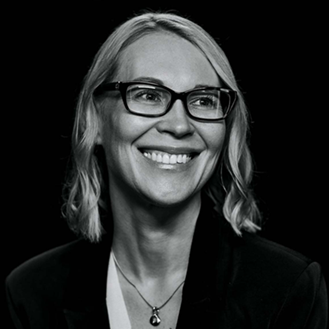
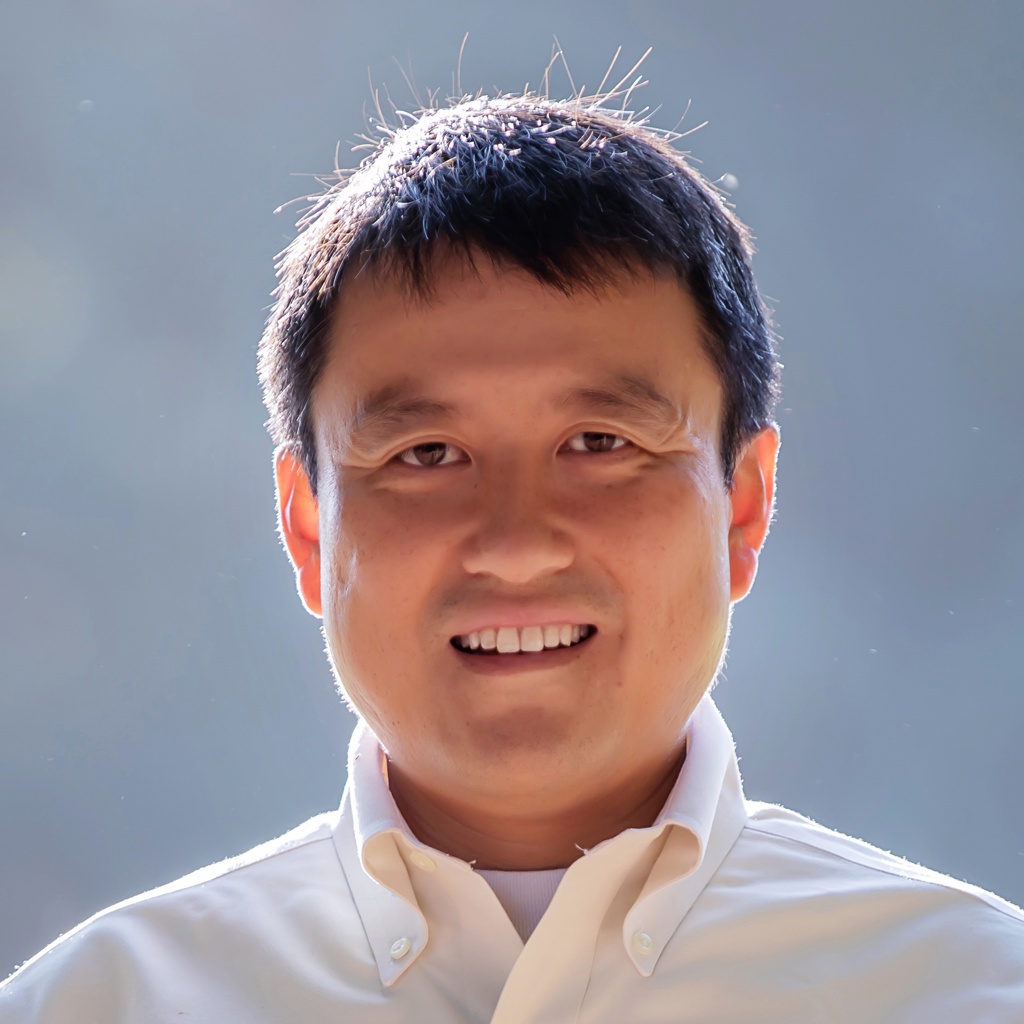

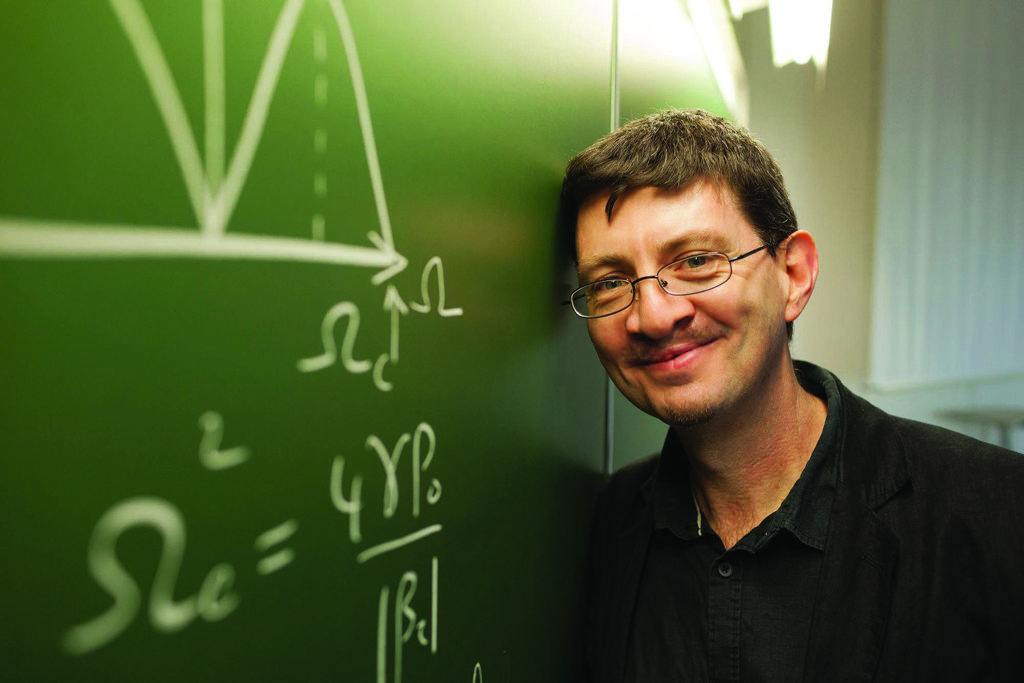
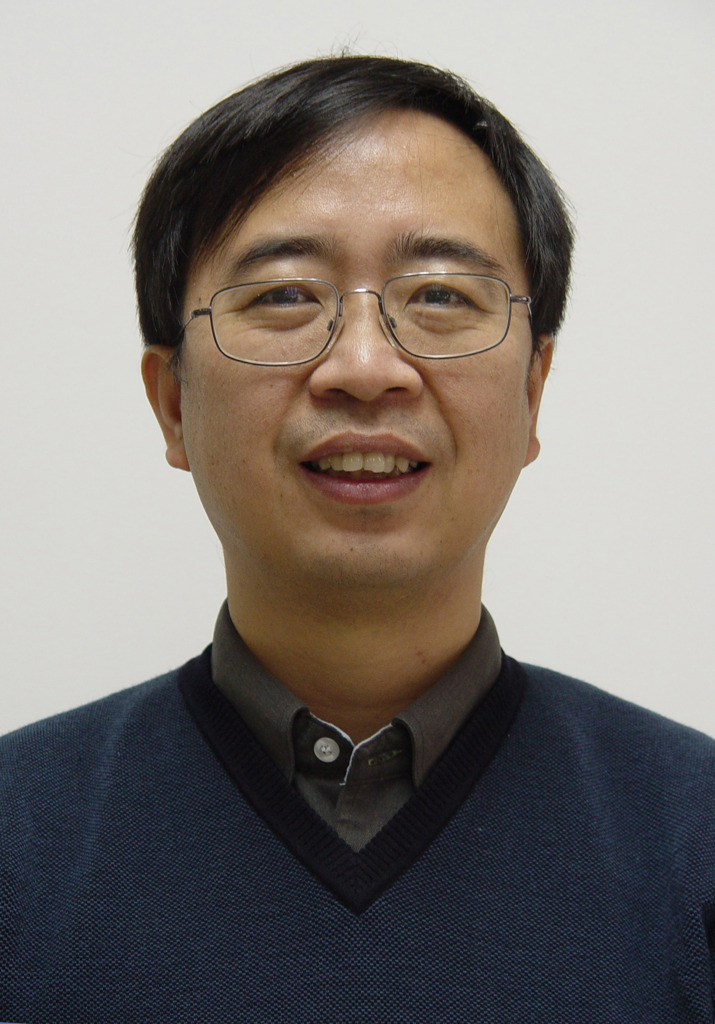

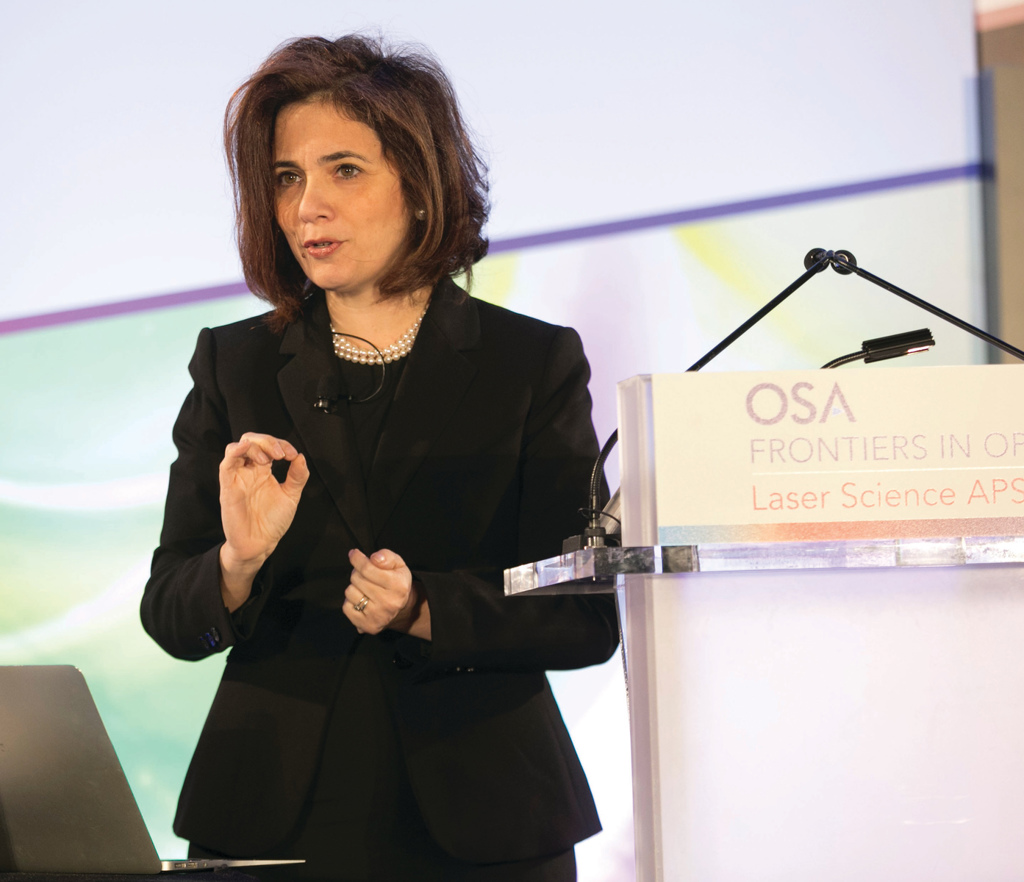

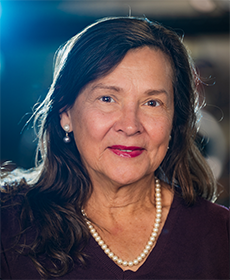
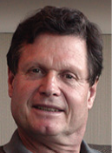
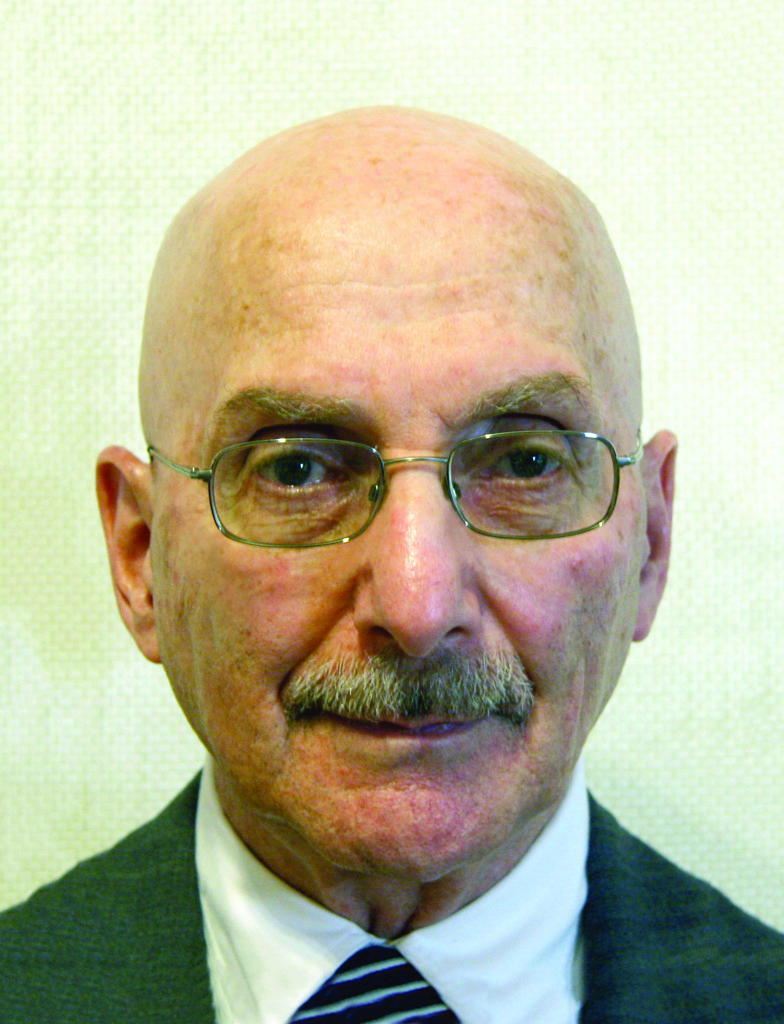
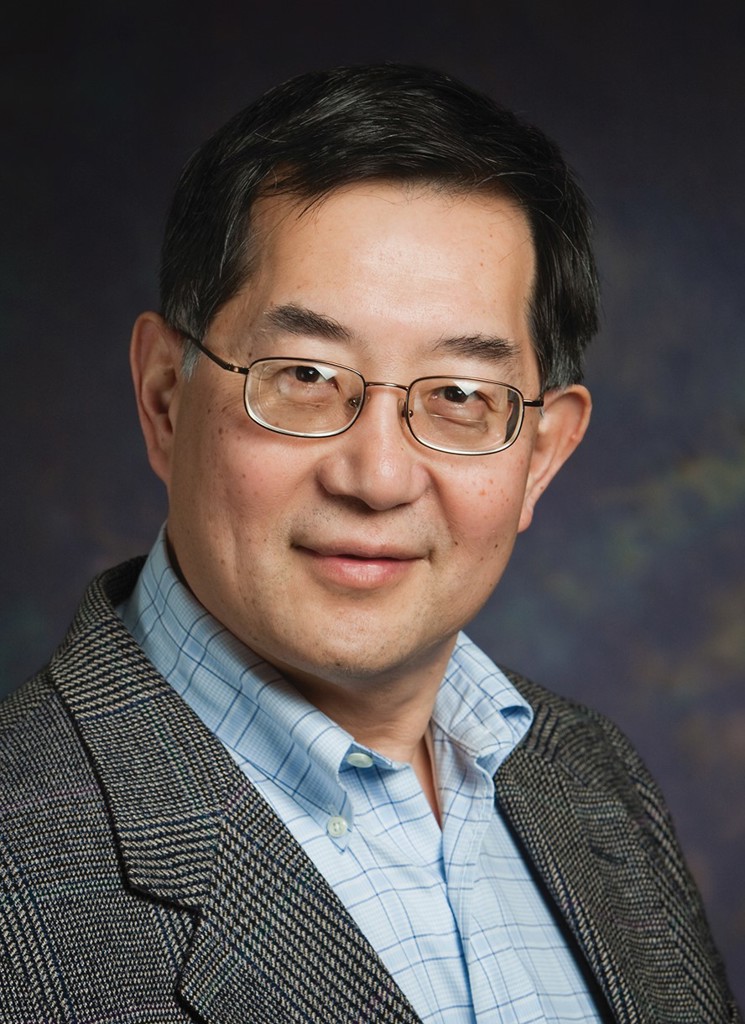
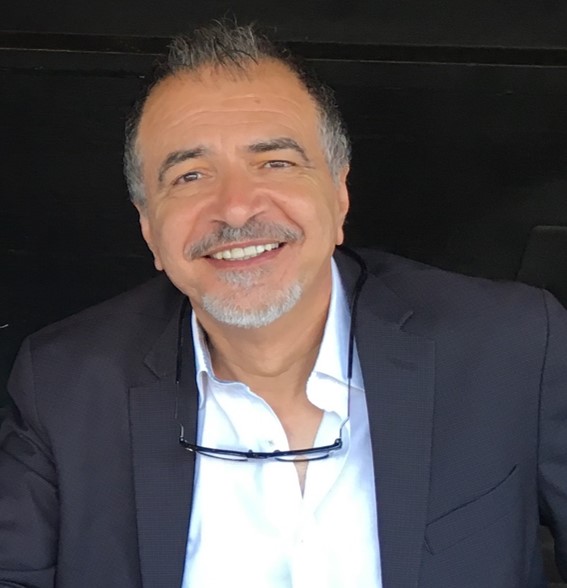
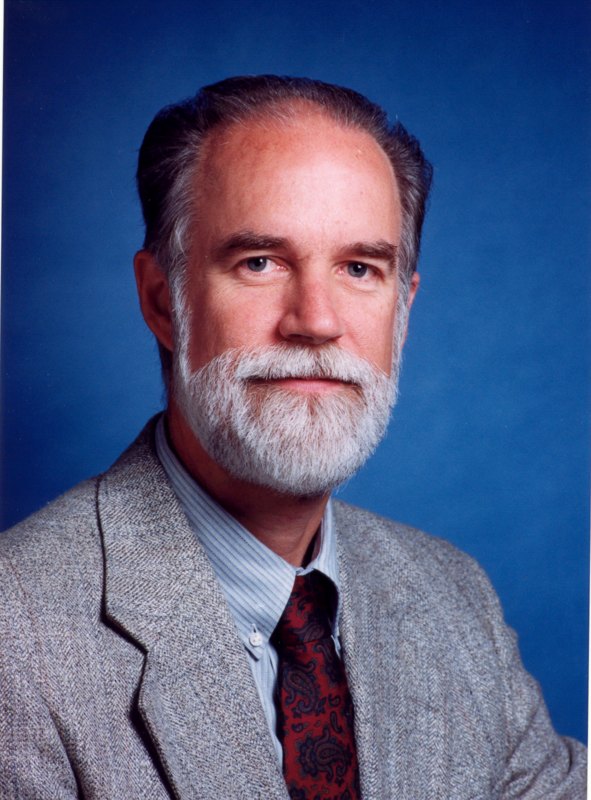
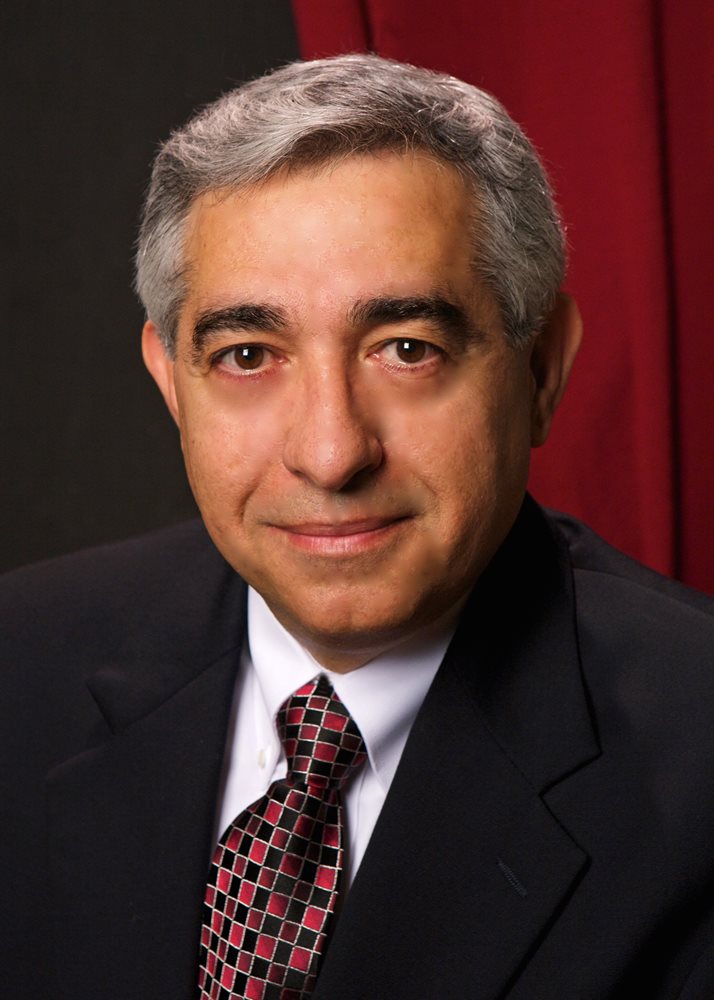
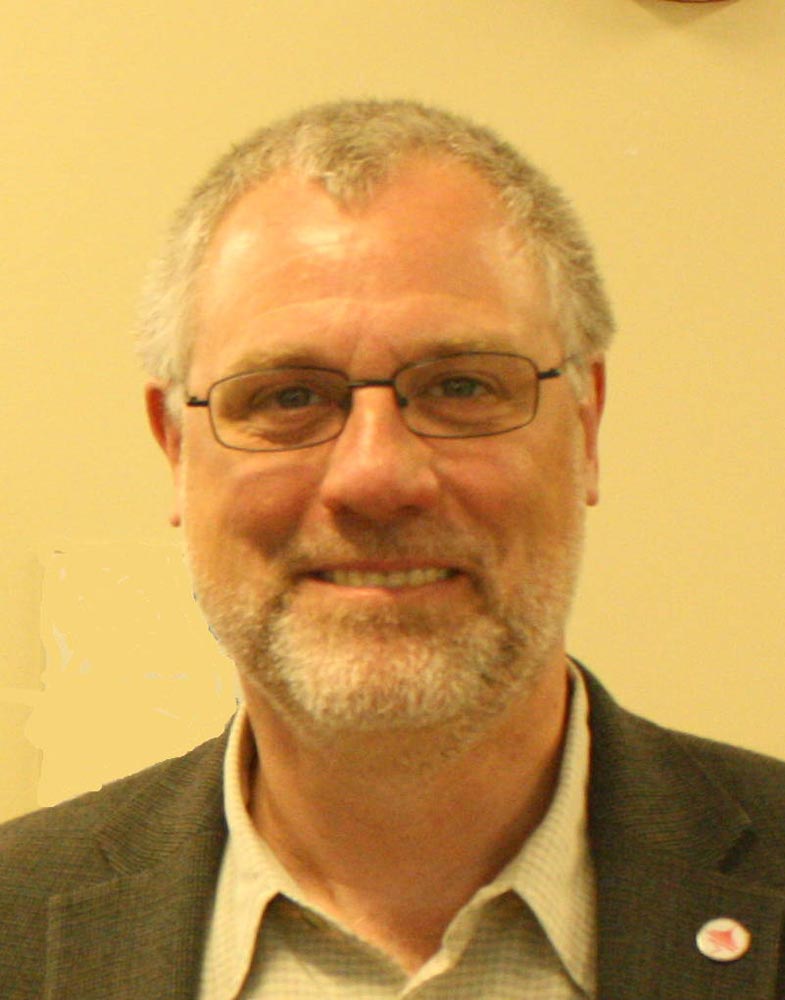
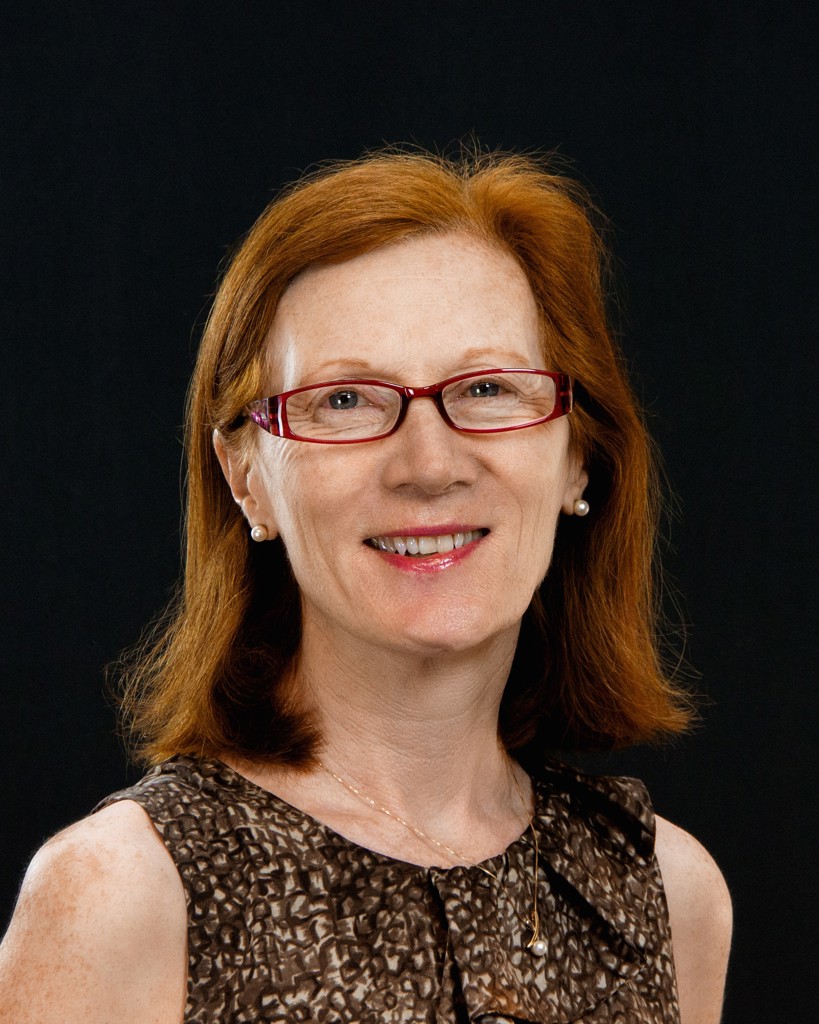

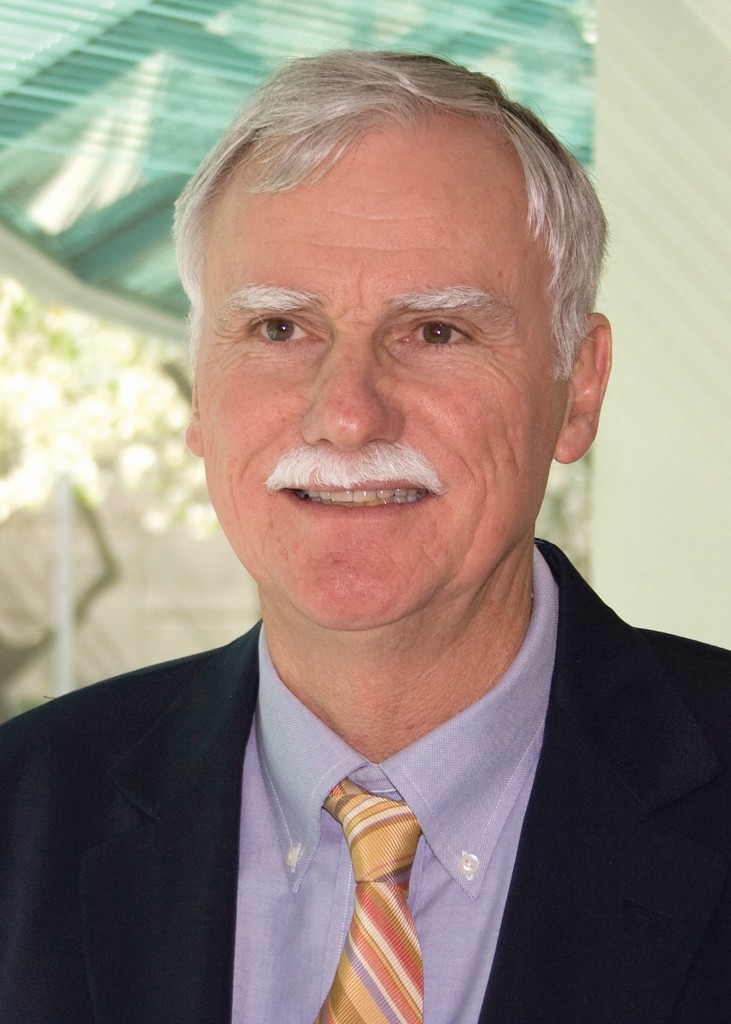

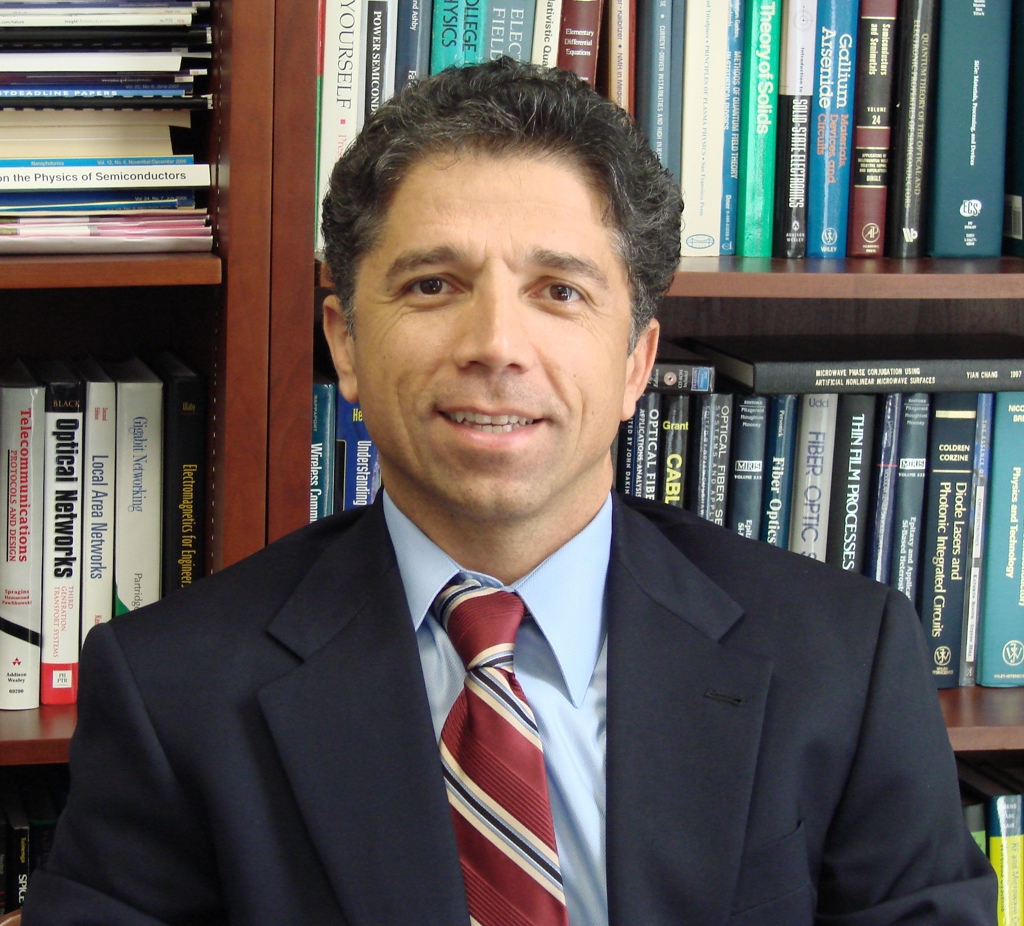

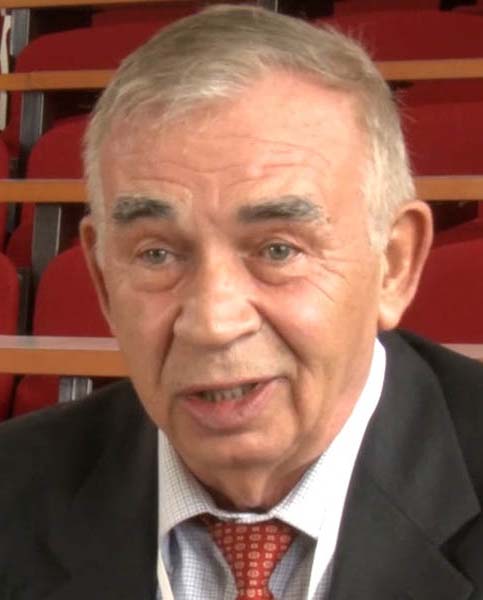
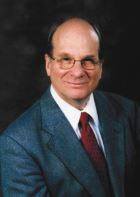
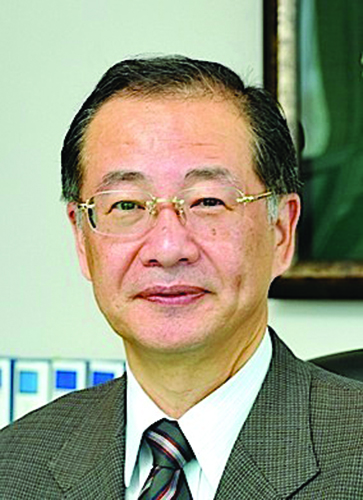
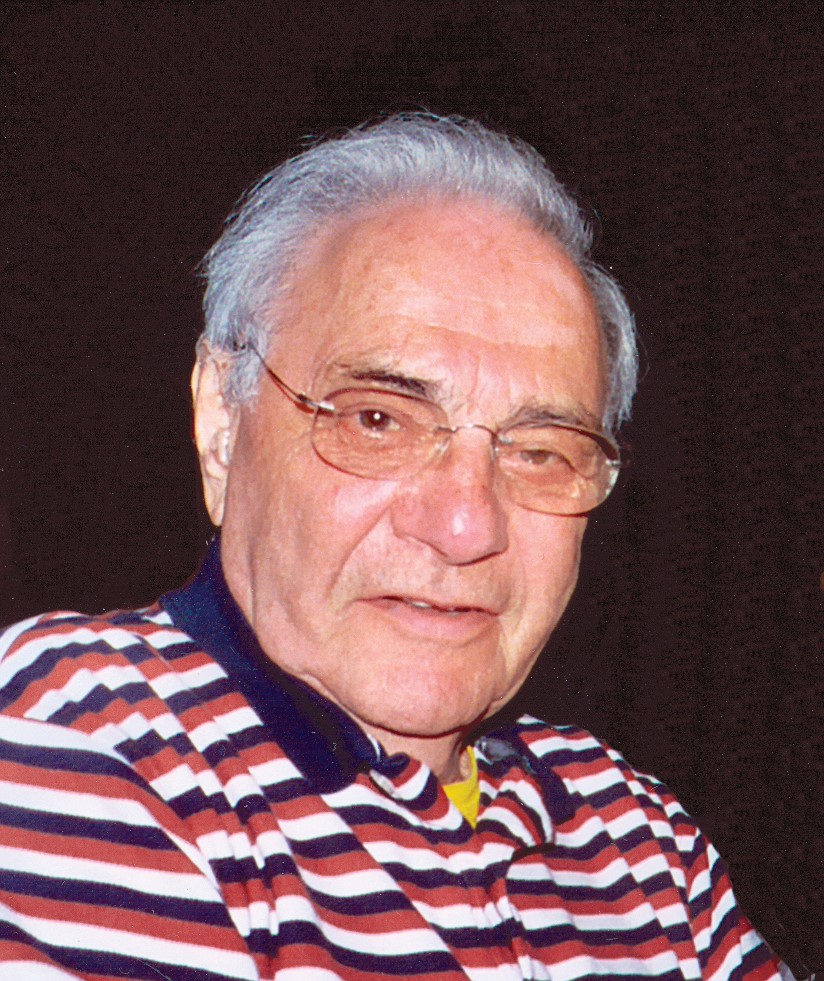

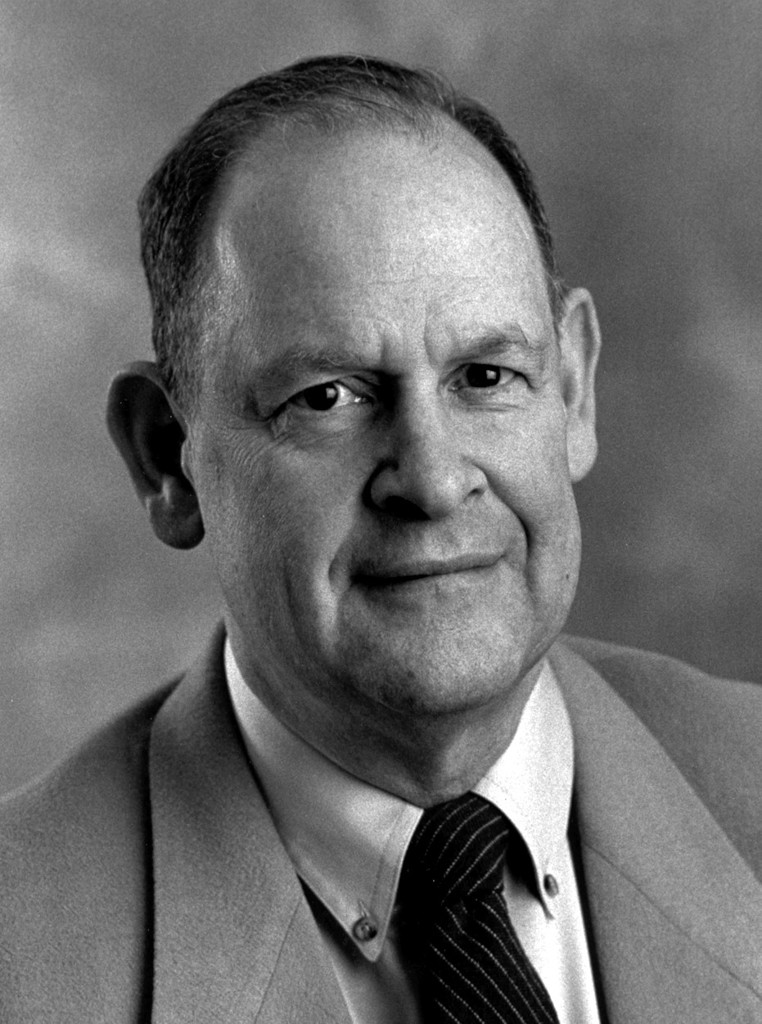
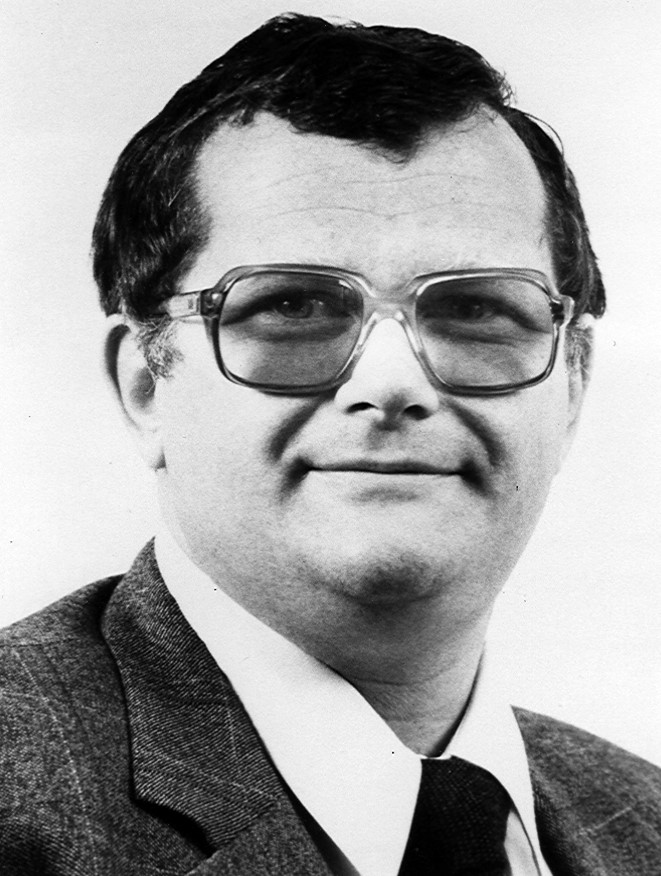
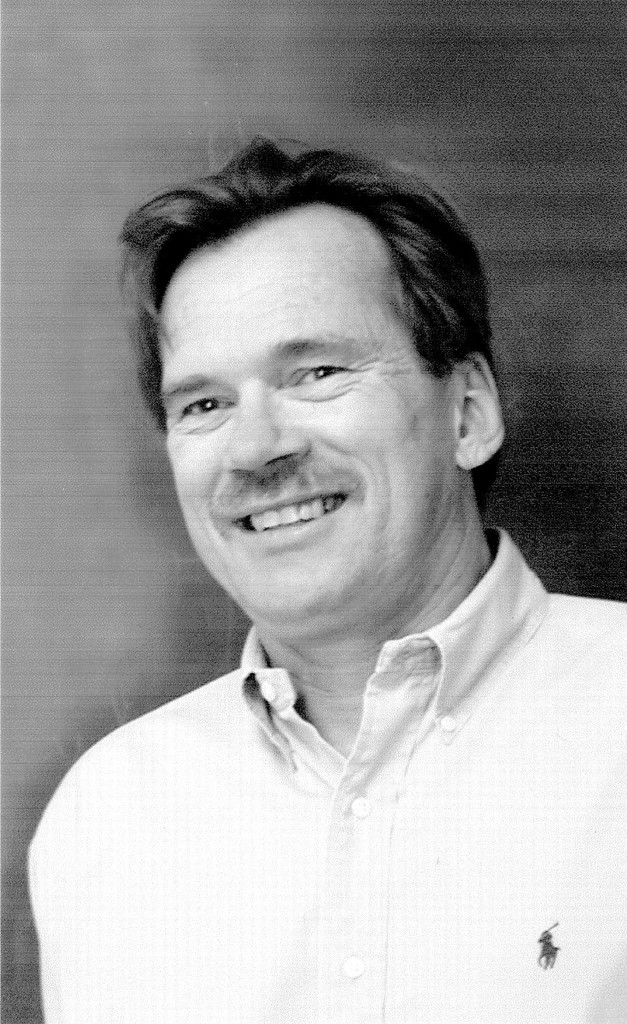
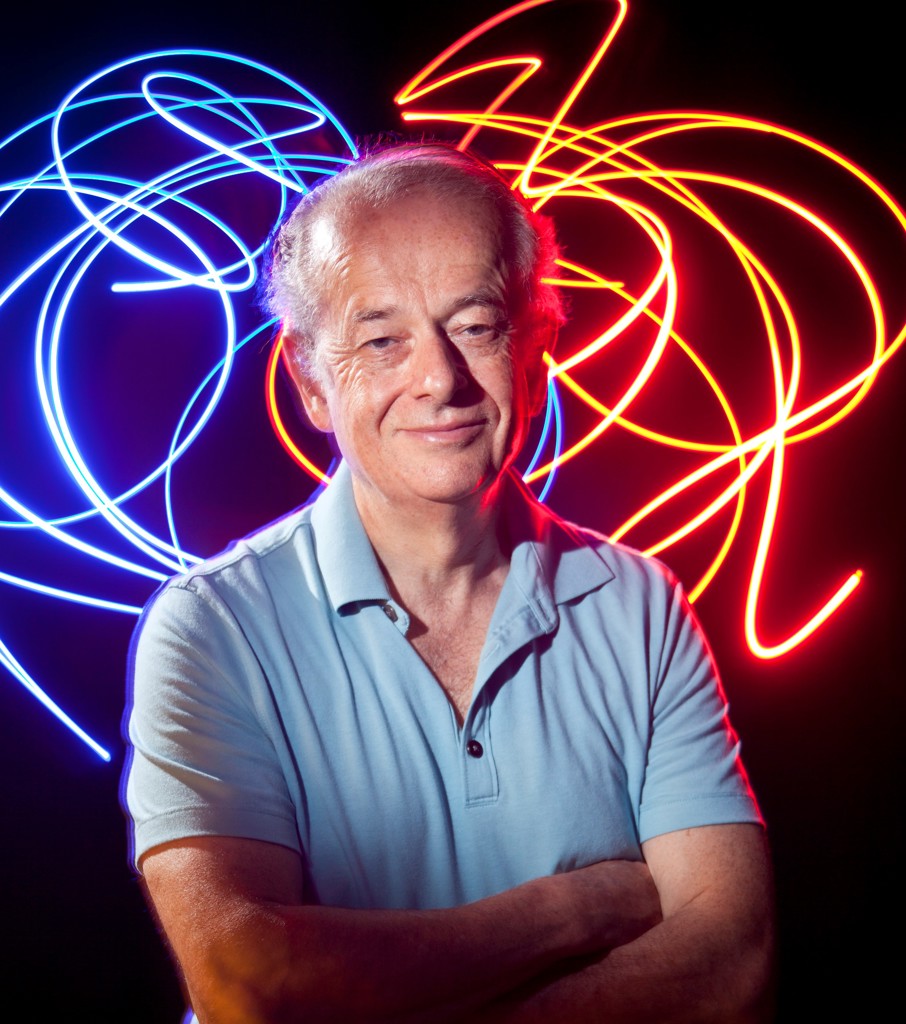
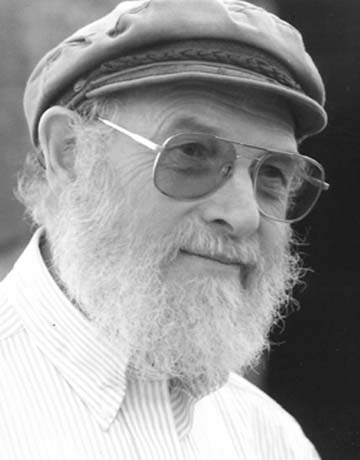
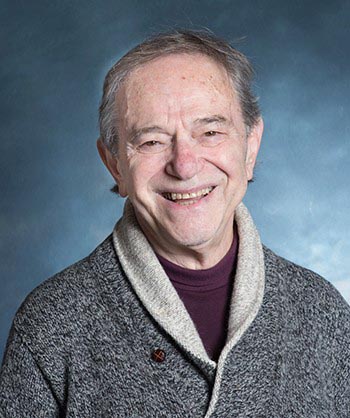
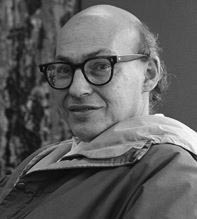
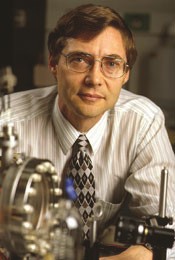
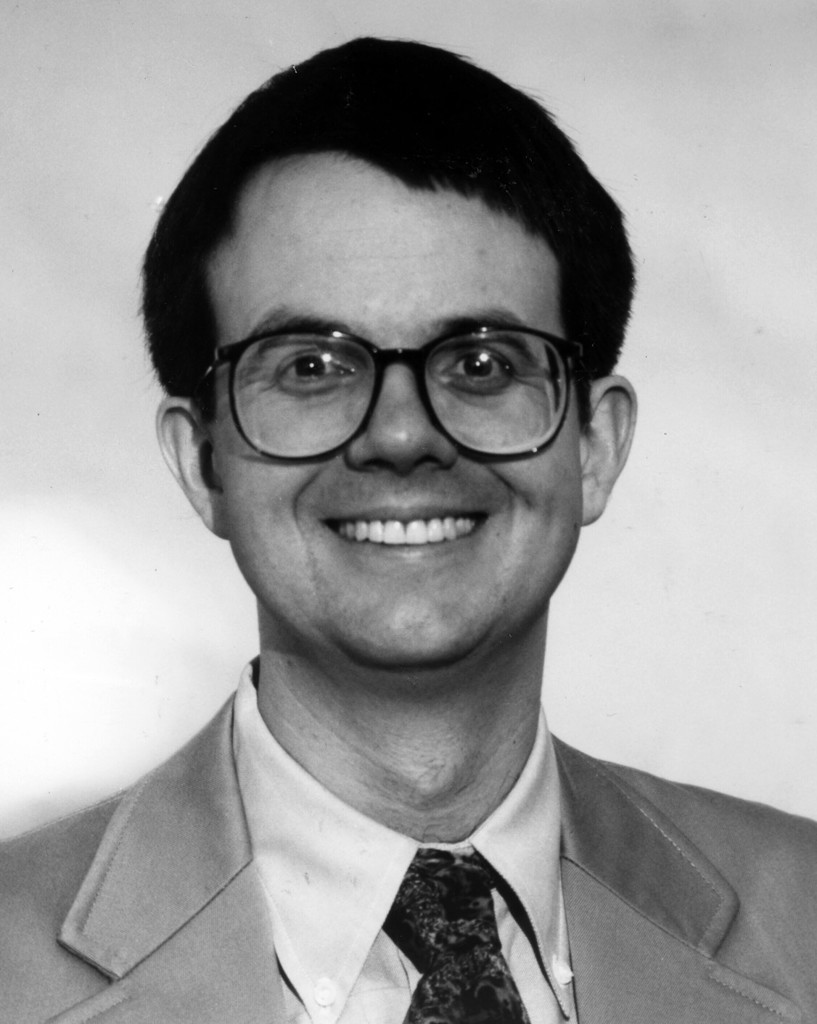
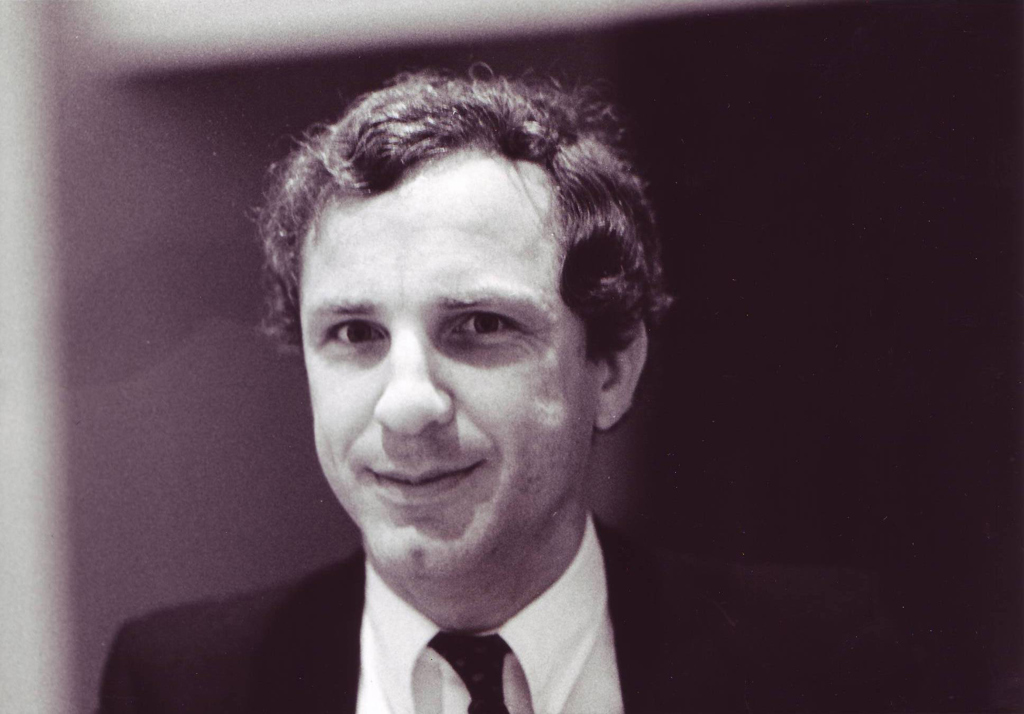
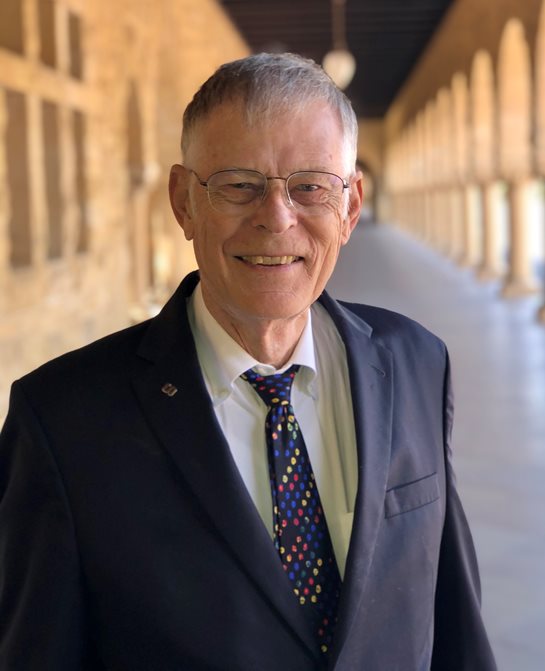
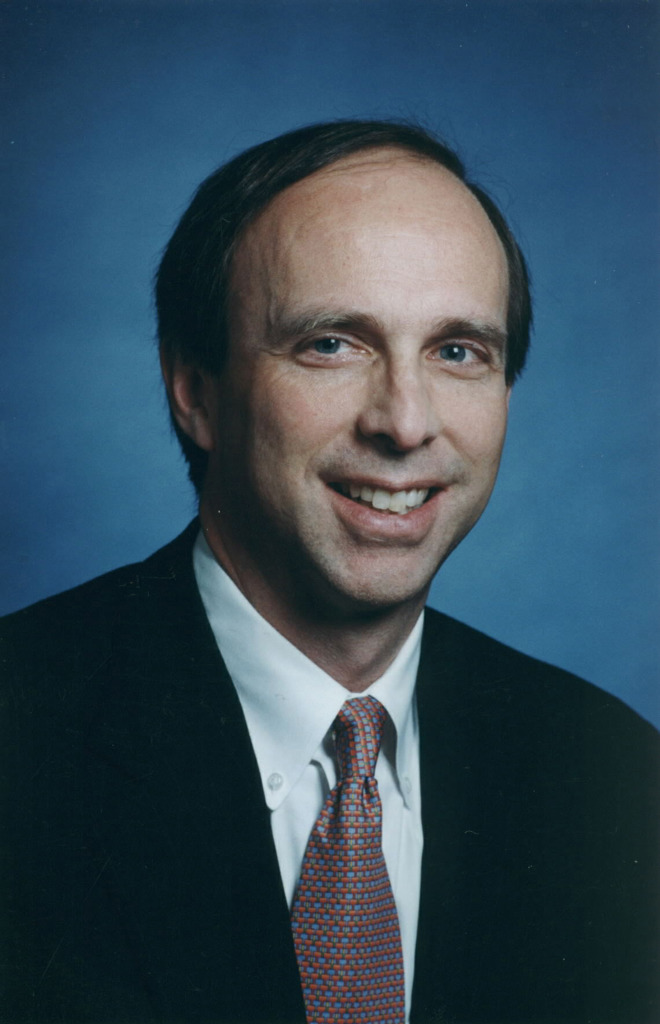
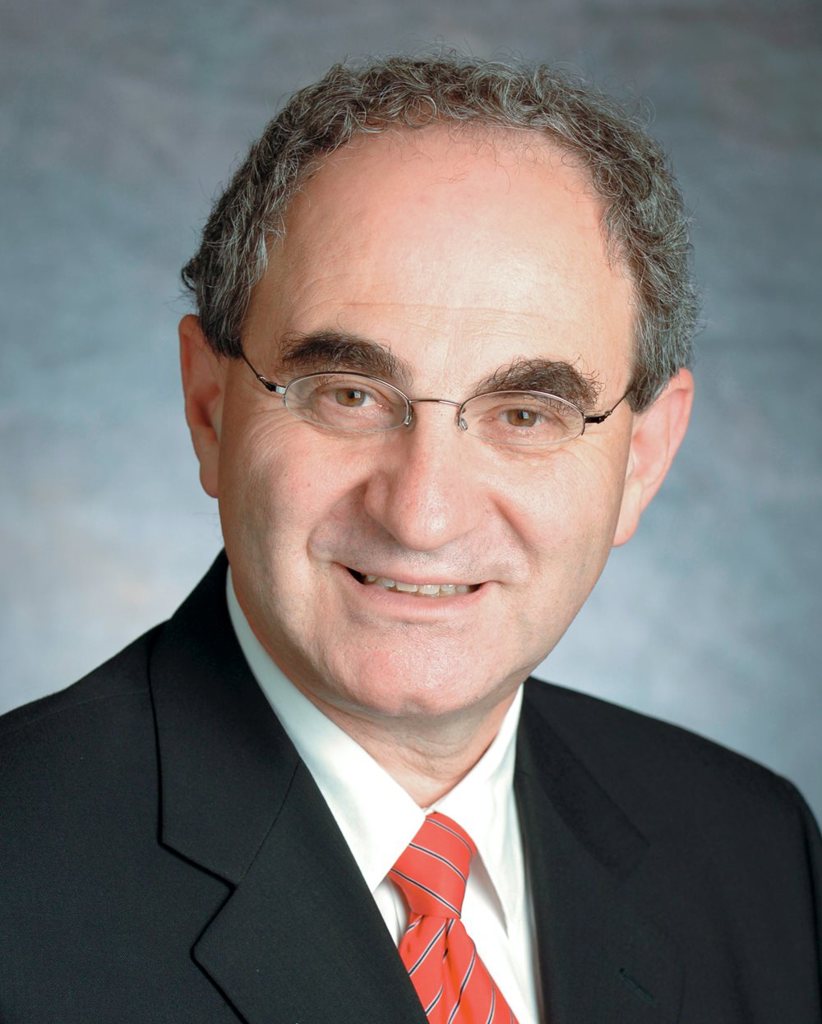
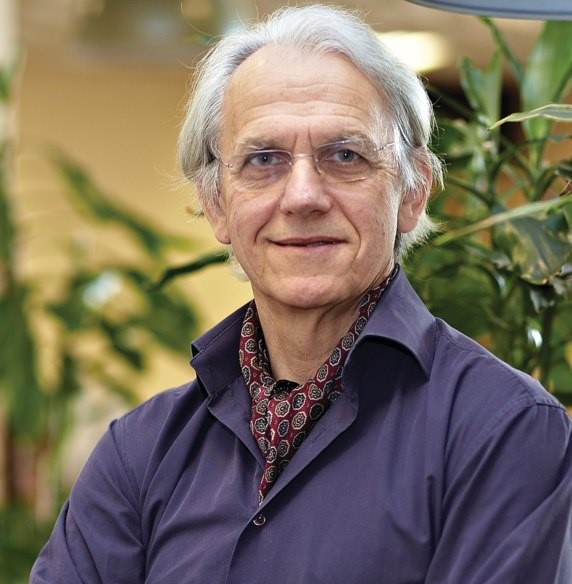
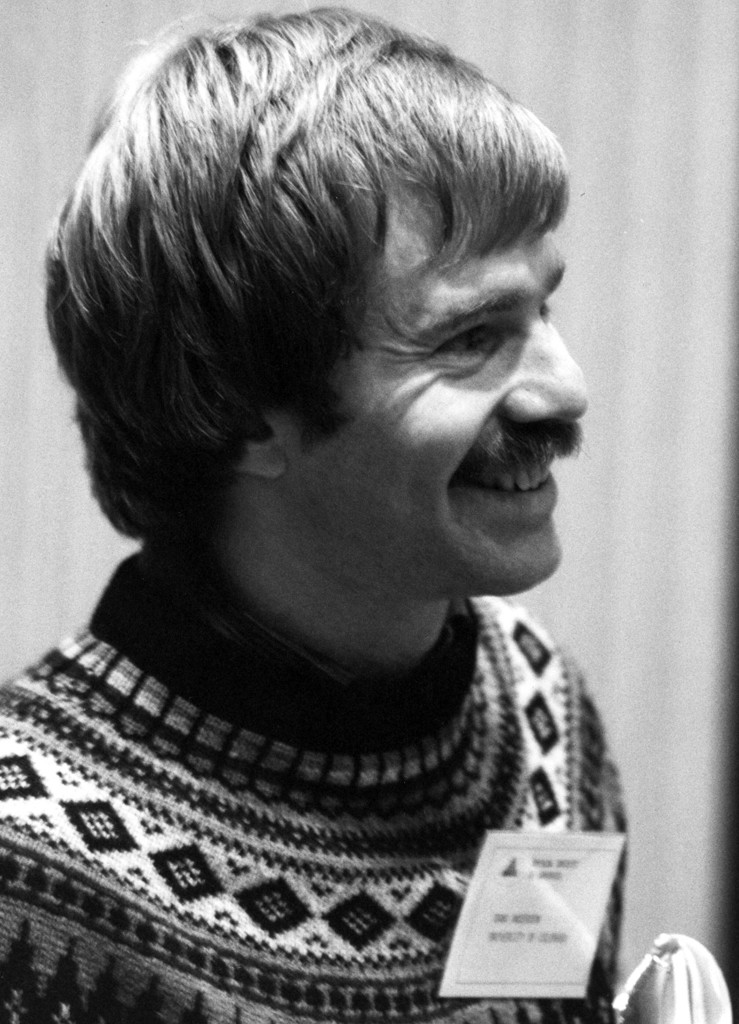
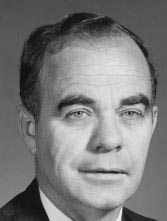
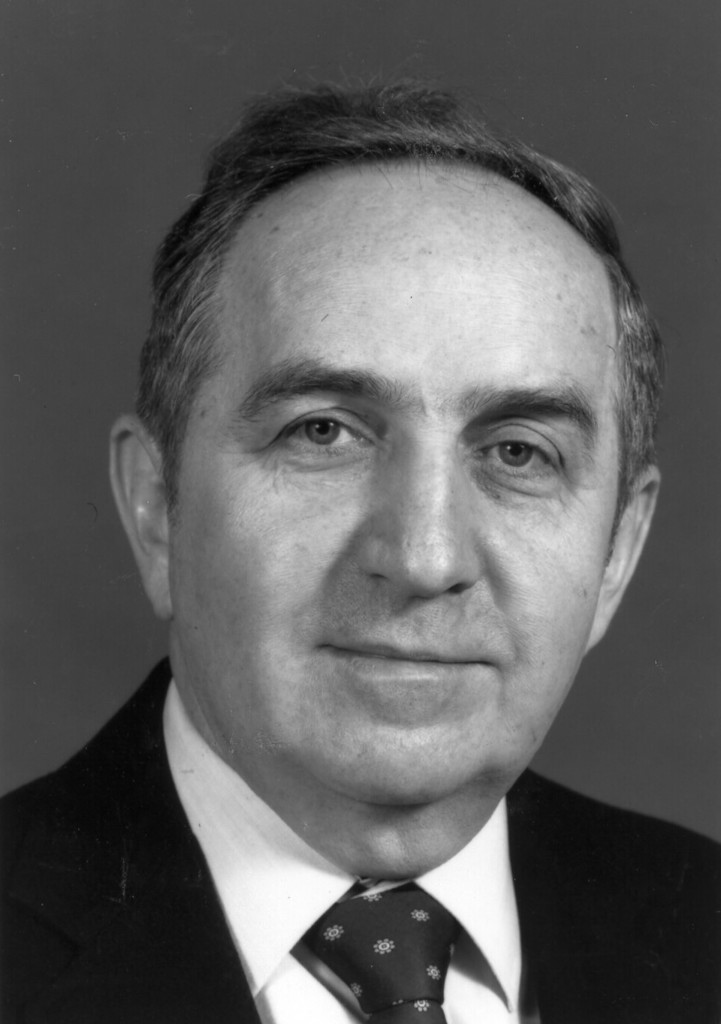
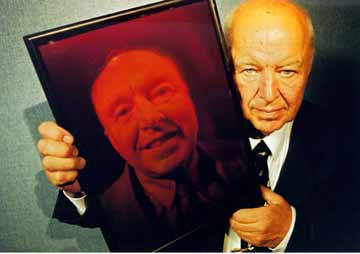
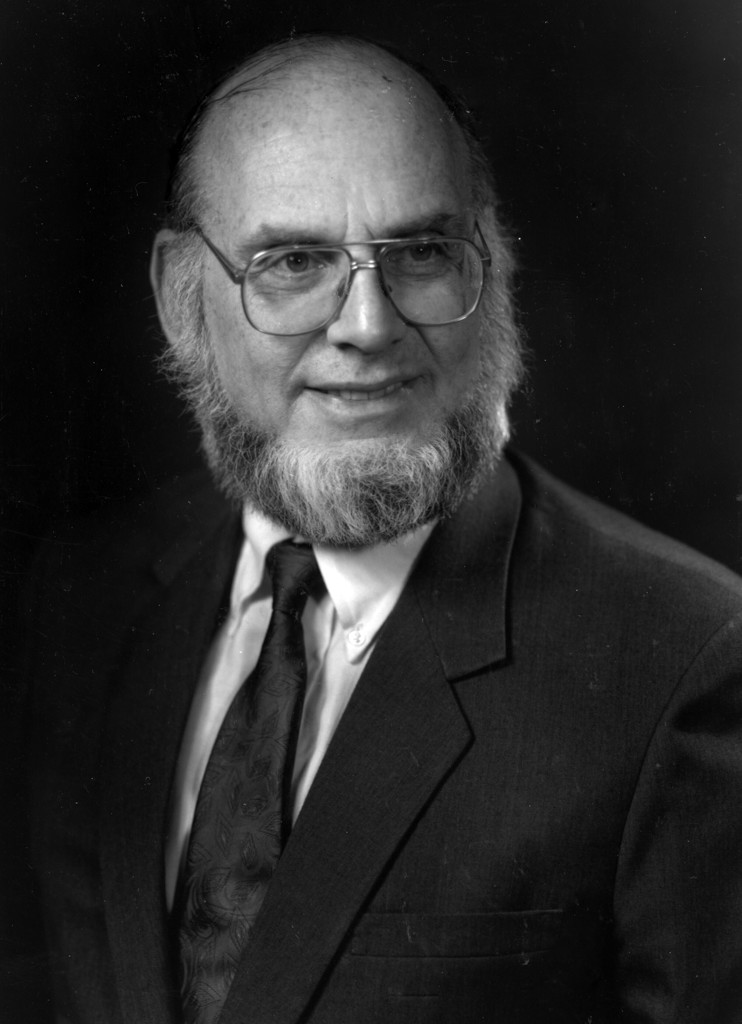
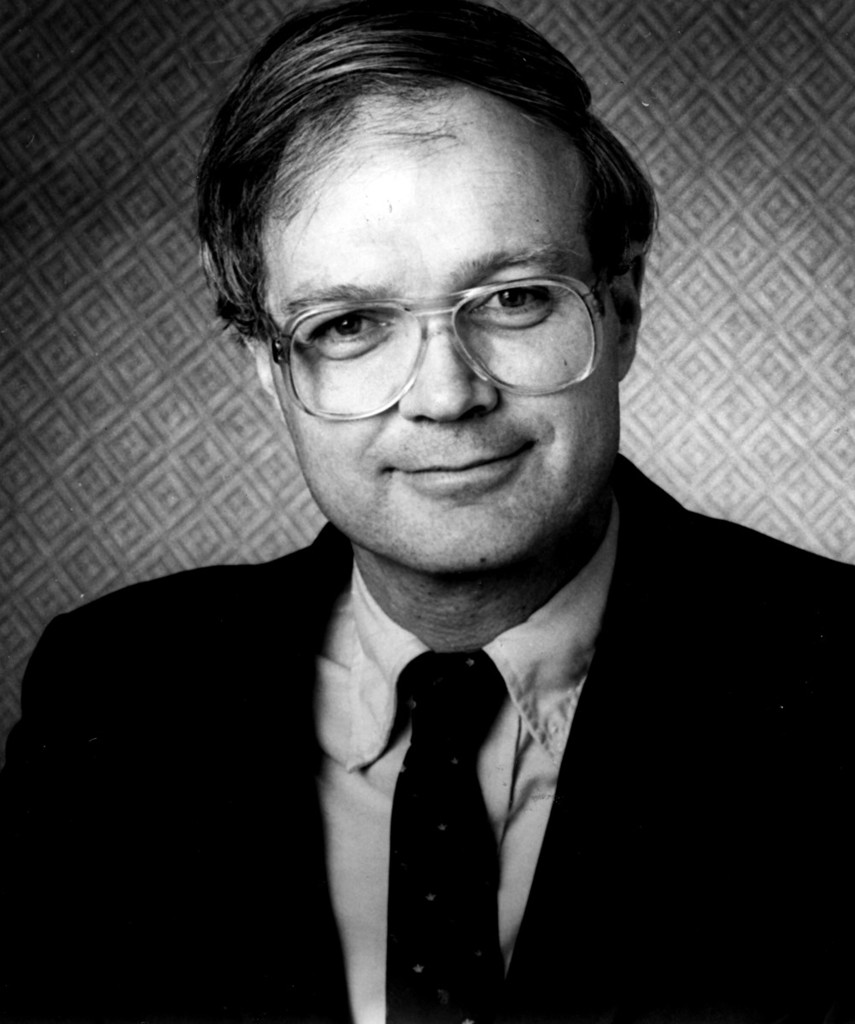
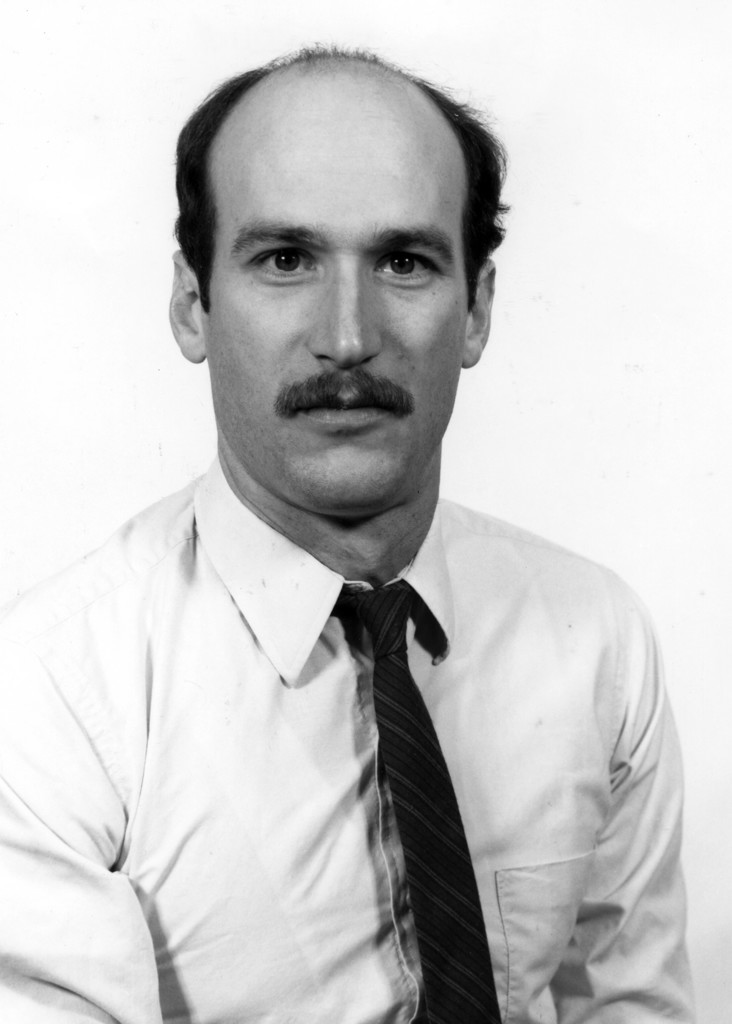

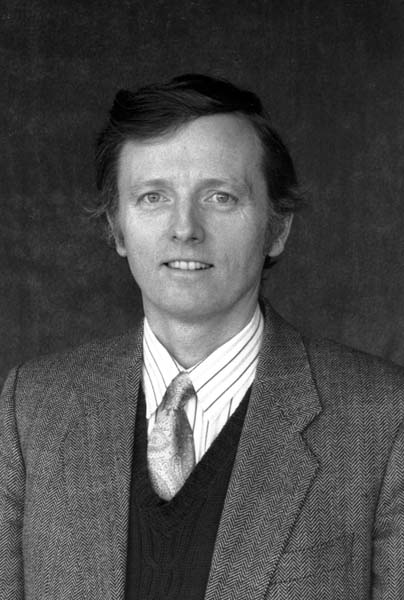
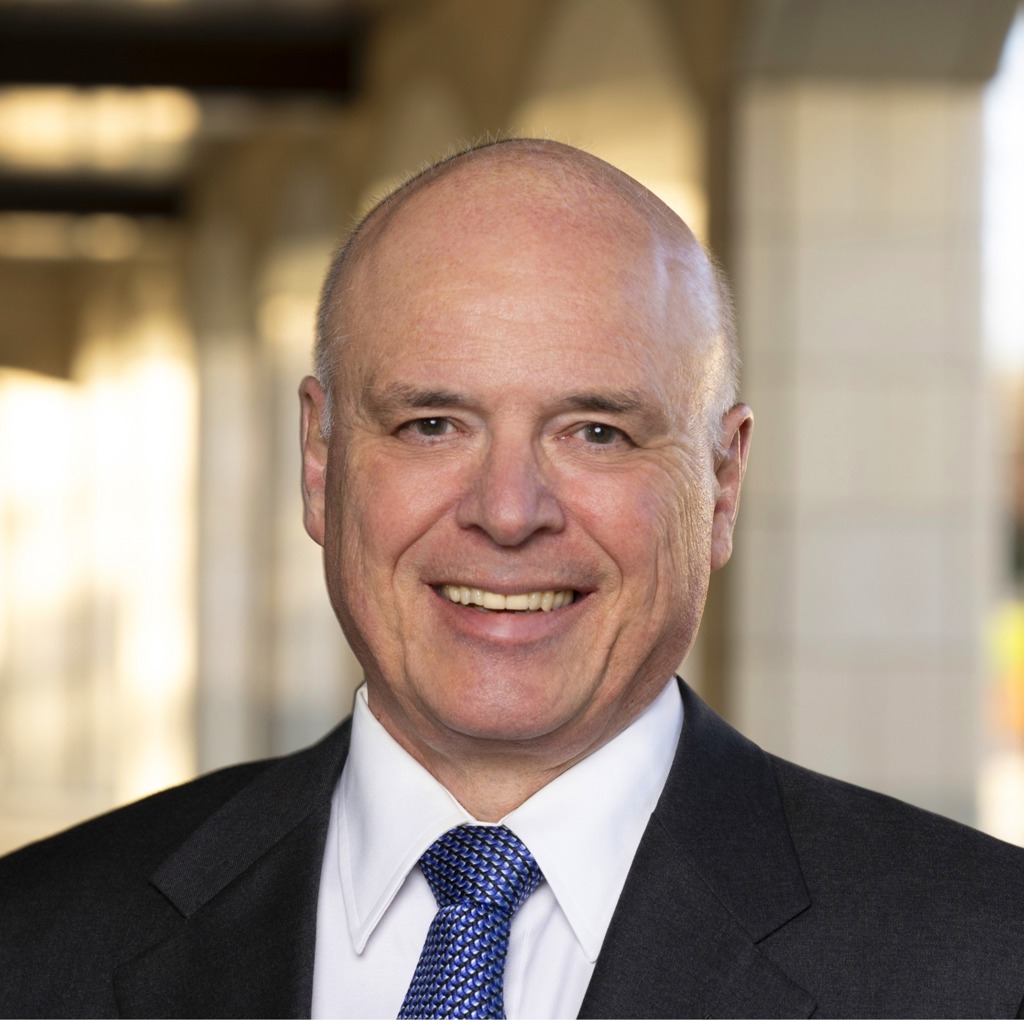
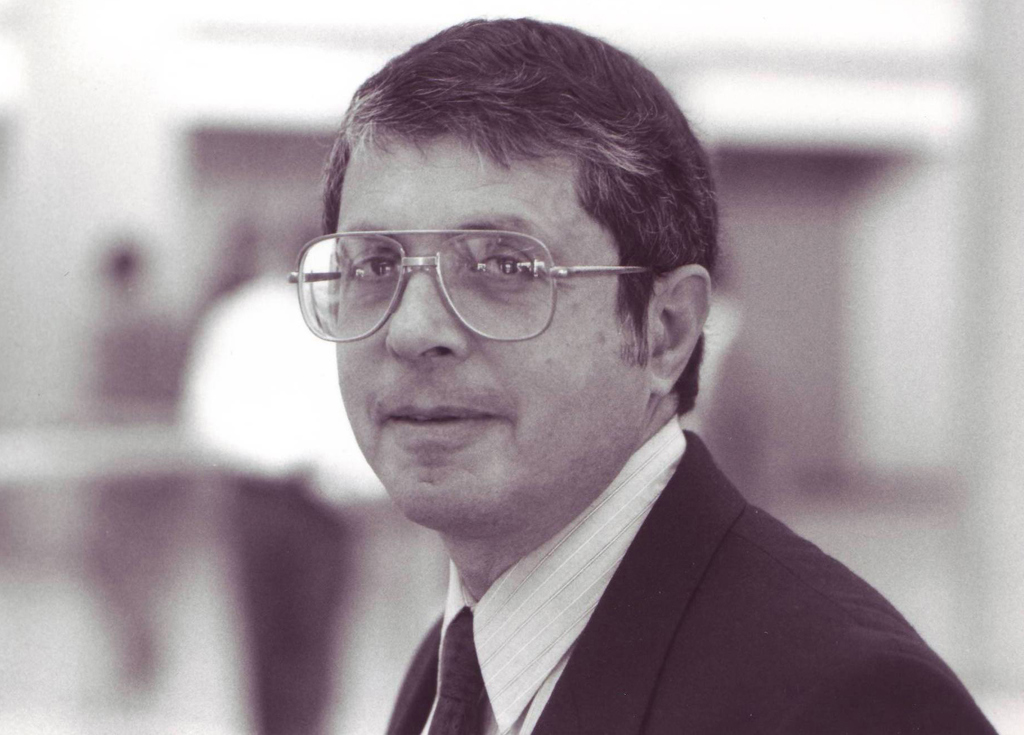
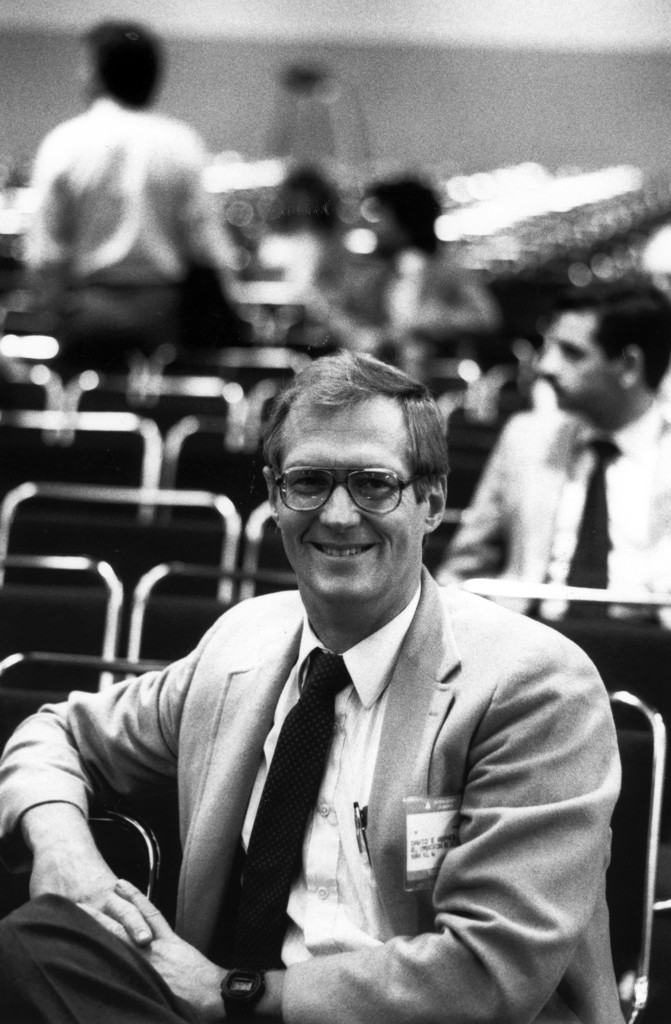
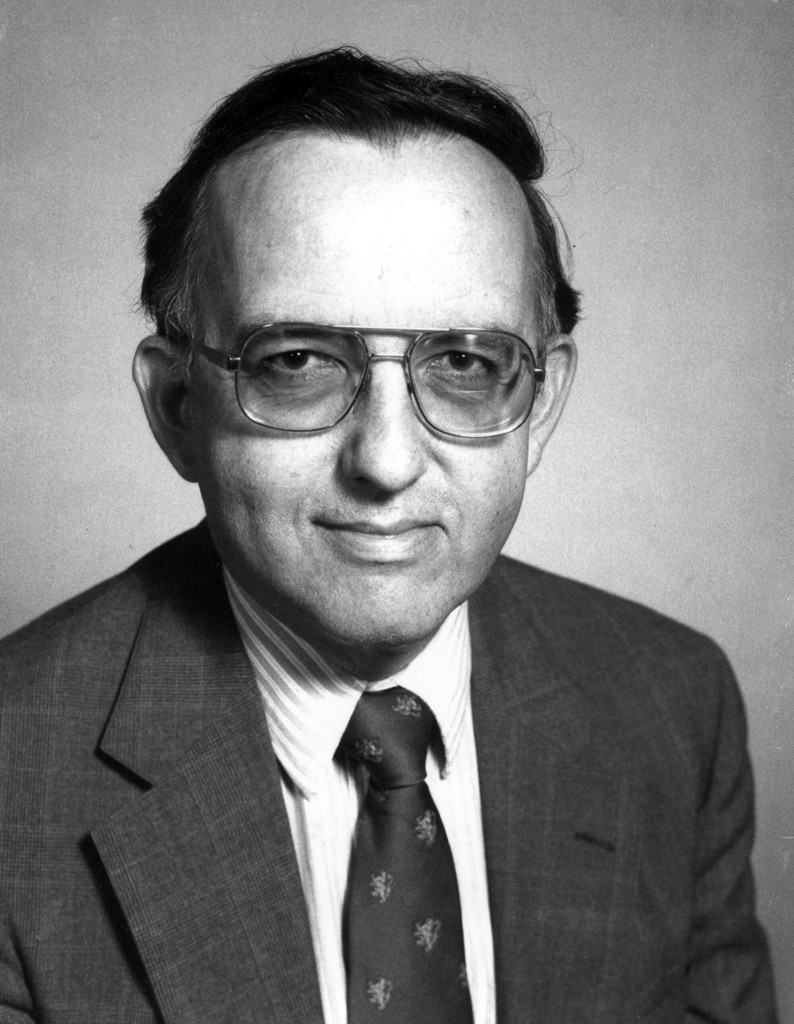
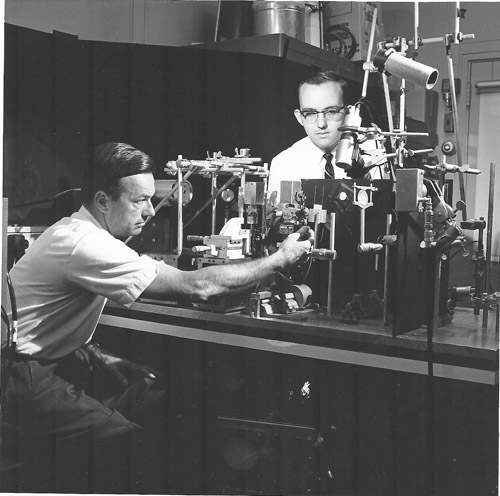
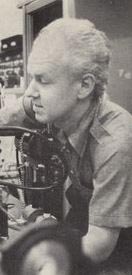
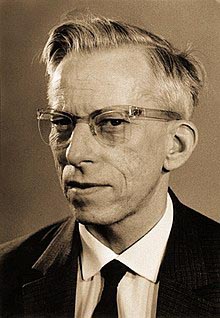

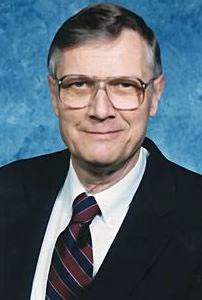
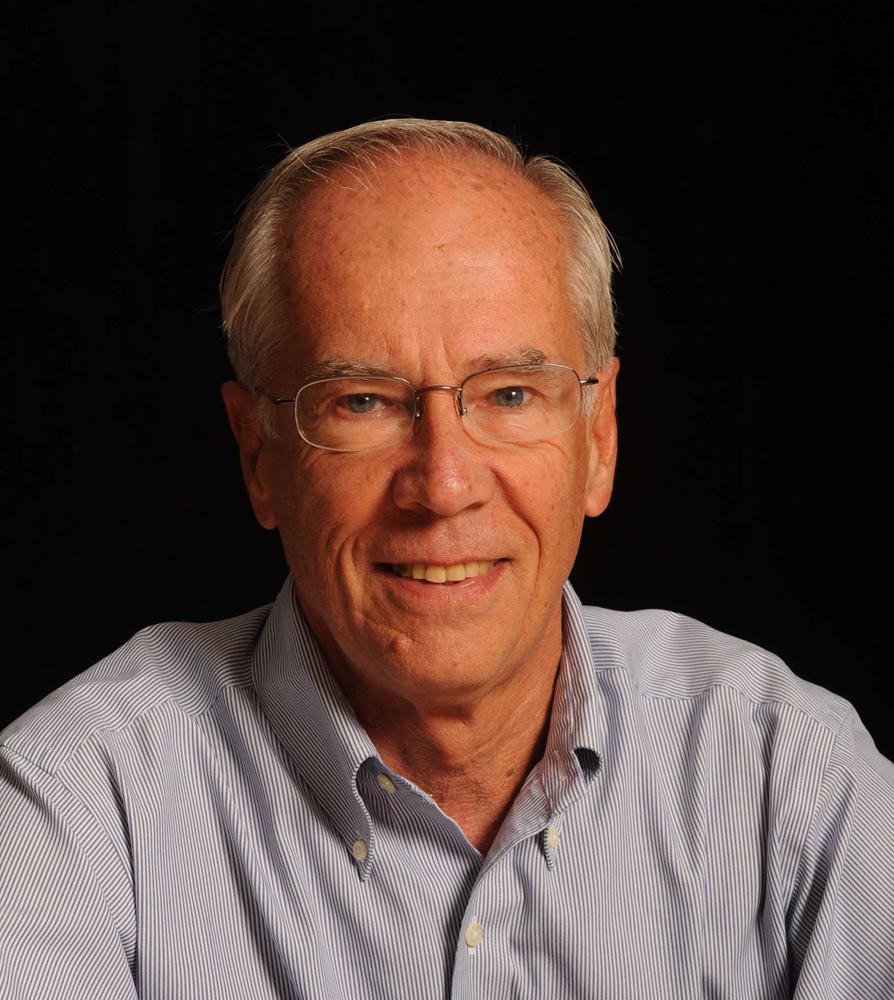
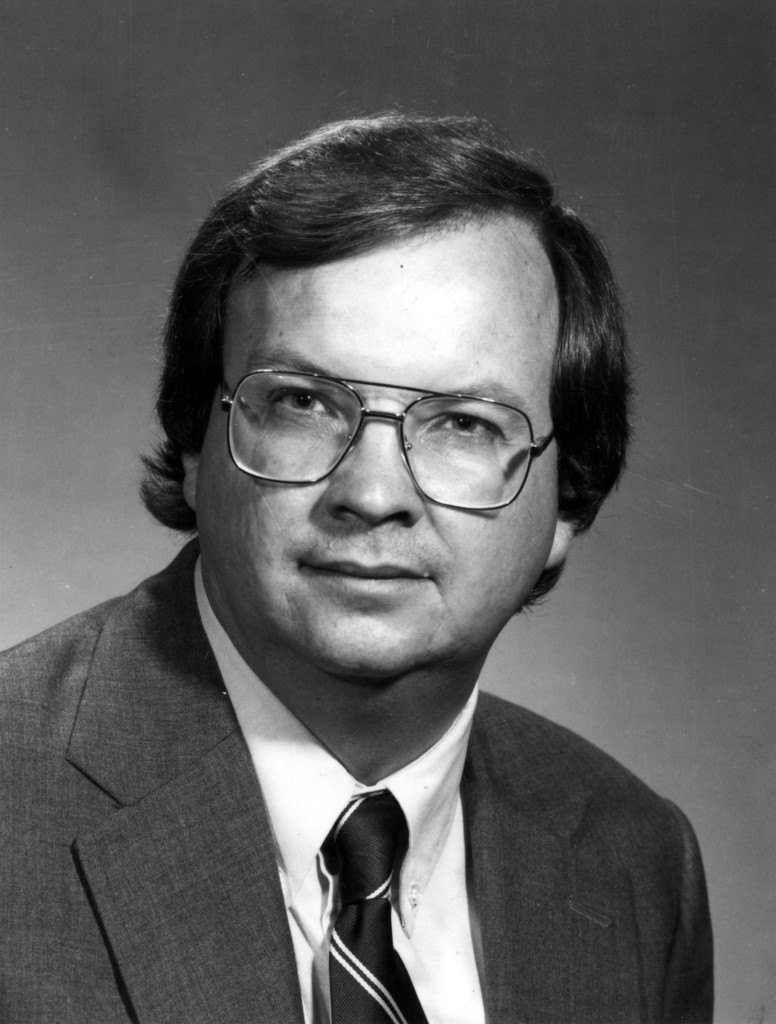
.jpg?t=636888687088386155)
